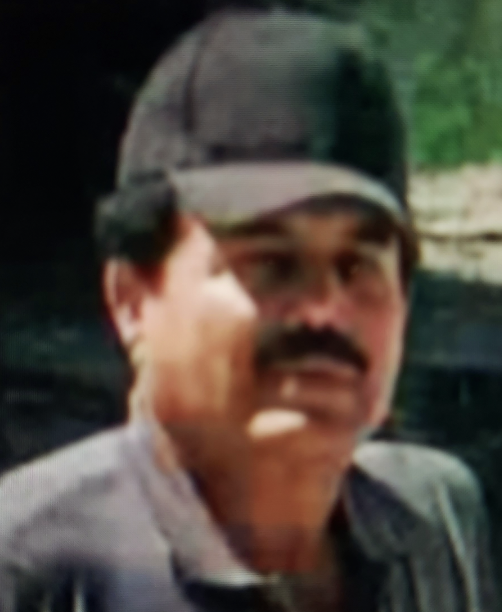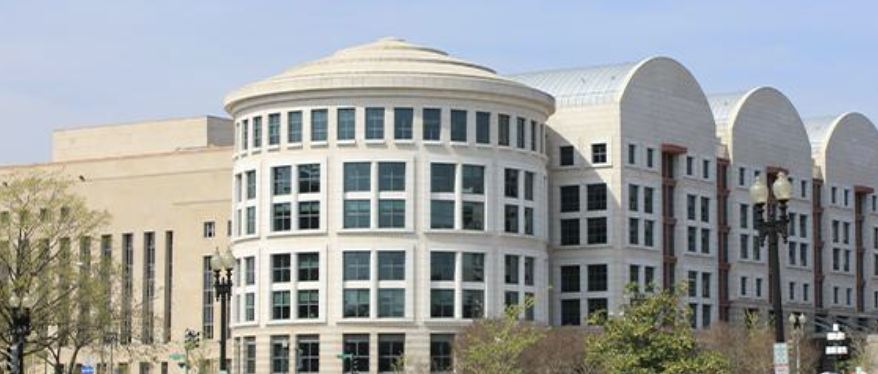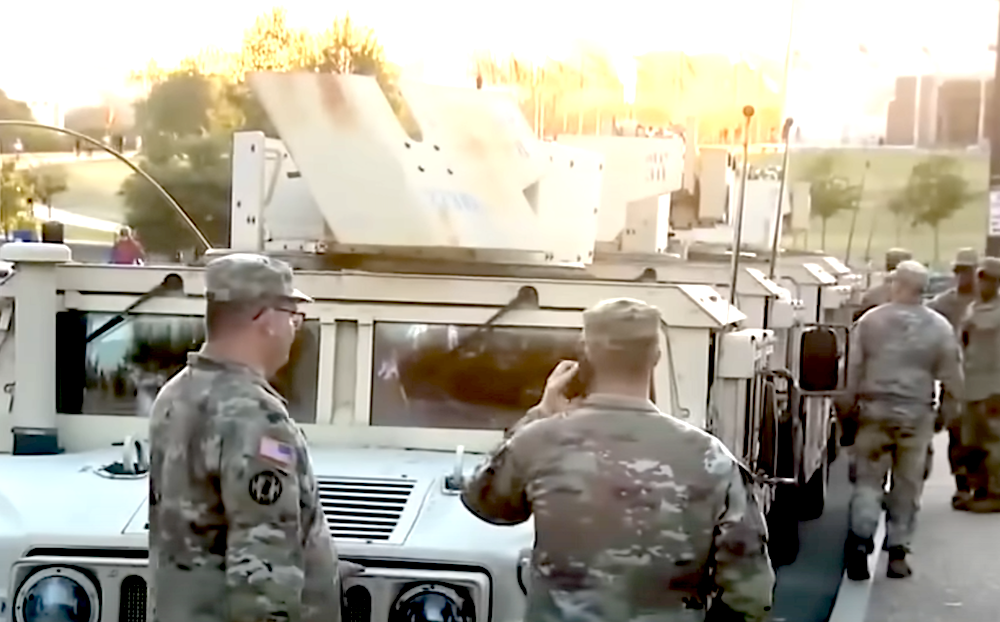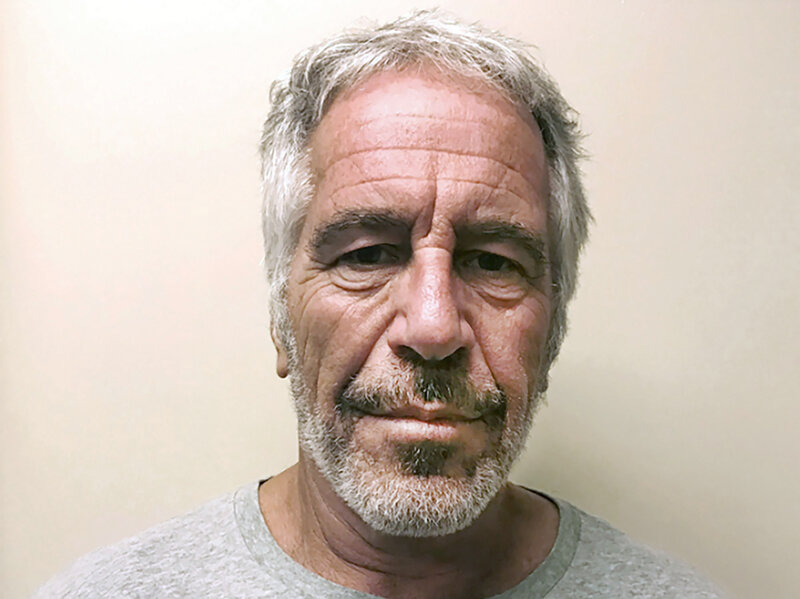Greg Stejskal served as an FBI agent for 31 years and retired as resident agent in charge of the Ann Arbor office. Stejskal was the case agent on the UNABOM bombing that targeted Michigan Prof. James McConnell in 1985, and investigated Kaczynski’s time at Michigan as a grad student.
By Greg Stejskal
ticklethewire.com
The Discovery Channel TV series, “Manhunt Unabomber,” disrespects achievements of the “Unabom” investigation by creating a predominantly fictionalized story.
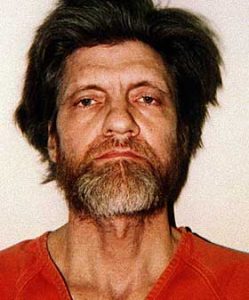
One of the shows I watched in my youth was “The Untouchables.” I was about ten when it premiered in 1959 on TV, and it was one the things that inspired me to want to be a G-man. The first episodes of “The Untouchables” were based on Eliot Ness’ book by the same name that he wrote with Oscar Fraley a sportswriter. (The book was published in 1957 less than a year after Ness’ death.) Those early episodes closely followed the book and were presented as a true story. It is very good story – a crusading lawman puts together a team, a group of incorruptible agents who take on Chicago’s biggest crime lord, the ruthless Al Capone, and topple his empire that was built on the manufacture and sale of beer and liquor during prohibition.
The problem is some of the key parts of the story aren’t true.
The Untouchables didn’t topple Capone. They did raid and destroy some of Capone’s distilleries and breweries. This diminished Capone’s bootleg income and inconvenienced him financially, but it was the IRS agents working with the U.S. Attorney’s Office that toppled Capone. The IRS agents and U.S. attorneys built a strong tax evasion case against Capone independent of Ness and the Untouchables. Capone was convicted of five counts of tax evasion and no violations of the Volstead Act (the illegal manufacture and/or sale of alcohol for consumption). Capone was sentenced to 11 years, most of which he served at Alcatraz off the coast of San Francisco.
Ness Never Met Capone
Unlike the TV series or the subsequent movie, which was even more fictionalized, Ness and Capone never met. There was no dramatic confrontation.
Ness and Fraley in writing the book embellished the truth regarding Ness’ role in the demise of the Capone empire, and the TV series that followed solidified that fiction. Those IRS agents and US attorneys who successfully prosecuted Capone are forgotten. (For the record, the Chicago U.S. attorney who prosecuted Capone was George E.Q. Johnson, and the lead IRS agent was Frank Wilson – lest we forget.)
That brings me to a series currently running on the Discovery Channel about the “Unabom” investigation. The show makes the usual claim/disclaimer that it’s based on a true story. Unfortunately, it’s more fiction than truth. The series makes a large departure from the truth – it portrays a minor player on the Unabom Task Force (UTF), Jim Fitzgerald, an FBI profiler and forensic linguist, as the investigator who broke the case and was involved in key aspects of the case. It then builds on that fiction by depicting a relationship between the Unabomber/Ted Kaczynski and Fitzgerald that never happened.
The Unabom (FBI shorthand for University and Airline Bomber) investigation began in 1978 with the first bomb and continued until the Unabomber was identified, arrested and prosecuted in 1998. (The last bombing was in 1995.) The investigation was the longest and most expensive in FBI history. Many people were involved in the investigation from different agencies. Some spent a substantial portion of their careers on the investigation. All kinds of investigative techniques were utilized, huge data bases were built and countless leads were followed only to what seemed to be dead ends.
In the later years, a Unabom Task Force was formed in San Francisco. The lead agency was the FBI, but there were representatives from the U.S. Postal Inspectors and the Bureau of Alcohol Tobacco and Firearms (ATF). San Francisco had been the mailing origin for some of the later bombs, and the San Francisco Chronicle was one of the newspapers that Unabomber had chosen to communicate through with law enforcement.
Finally, the big break came when the Unabomber claimed that he would discontinue his use of bombings to kill if his 35,000-word manifesto were printed in a major newspaper. (He did reserve the right to commit acts of sabotage without targeting people.) It was decided that the publication could lead to identifying the Unabomber, but a major newspaper had to be persuaded to publish it.
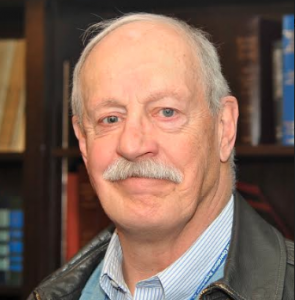
The Attorney General, Janet Reno, the then Director of the FBI, Louie Freeh, the San Francisco Special Agent in Charge, Jim Freeman, the Assistant SAC, Terry Turchie and Kathy Puckett, an FBI agent and a member of the UTF with a psychology background (PhD), met with and persuaded the very reluctant editors of the NY Times and the Washington Post to publish the manifesto. It was decided that the Post would publish the manifesto in its entirety, and the newspapers agreed to share the immense cost of the publication. (Jim Fitzgerald had no part in this process.)
Publication Triggers Suspicions
The publication led to David Kaczynski and his wife’s realization that David’s brother, Ted, was probably the Unabomber. (David’s wife had suspected that Ted was the Unabomber for a while.) They reached this conclusion by comparing some of Ted’s early writings with the manifesto.
Through their attorney they communicated their conclusion to the UTF. When members of the UTF saw Ted Kaczynski’s early writings and compared them to the manifesto, most if not all of them thought they were written by the same person. No special analytical technique was necessary. (Jim Fitzgerald was not the first one to make this determination. He reached the same conclusion as did most of the other members of the UTF.)
David Kaczynski’s attorney told the UTF that Ted was living in a small cabin in Lincoln, Montana. A surveillance was quickly begun of Ted in Lincoln. Various UTF members and other agents were infiltrated into Lincoln using assumed identities. At the same time, investigation and interviews were conducted in all the locations where Ted had lived and gone to school.
All this information was analyzed and put together for a search warrant affidavit establishing probable cause to search Ted’s cabin. After the surveillance had been ongoing for about six weeks, the search warrant affidavit was presented to a local federal magistrate who issued the search warrant. A ruse was developed to get Ted to come out of his cabin, and the cabin was searched.
The search found: bomb making materials; voluminous incriminating documents including an original draft of the manifesto and a coded diary confessing to all of the bombings; the typewriter used to type the manifesto and a fully constructed bomb ready to be sent – the bomb was designed as an anti-personal bomb, despite Ted’s promise not to kill.
Post Arrest
After Ted’s arrest, he was interviewed by Postal Inspector Paul Wilhelmus and FBI agent Max Noel. Both had been involved in the Unabom investigation for years. Ted did not confess, but after what was found in the cabin, it wasn’t necessary. (Jim Fitzgerald was never in Lincoln during the search of the cabin and the arrest of Ted. Consequently, he had no part in the search nor the interview.)
Like Eliot Ness, who never met Al Capone, Jim Fitzgerald never met Ted Kaczynski.
Much later Jim Fitzgerald in an interview with Newsweek, implied that his “forensic linguistic analysis” identified Ted Kaczynski as the Unabomer. In the Newsweek piece, that identification is referred to as a “defining moment in Fitzgerald’s career” – no such moment occurred.
I realize that the Discovery Unabomber series is a dramatization not a documentary, and it’s difficult to make a long often tedious investigation into a compelling story. But that’s not an excuse to make a minor member of a team who was only on the team for a matter of months into the star player who won the game. I’m not sure why the writers took this tack, and I don’t do screen plays, but maybe an ensemble cast of unique characters would have worked. That’s what the task force was – kind of like the movie, “Spotlight.”
The Unabom investigation is a great story and can be told without embellishing the minimal role of one agent in the investigation and thereby diminishing all those that contributed to a monumental team effort.
As the legendary Michigan football coach Bo Schembechler said:
“No man is greater than the team; no coach is greater than the team; the team, the team, the team.”



